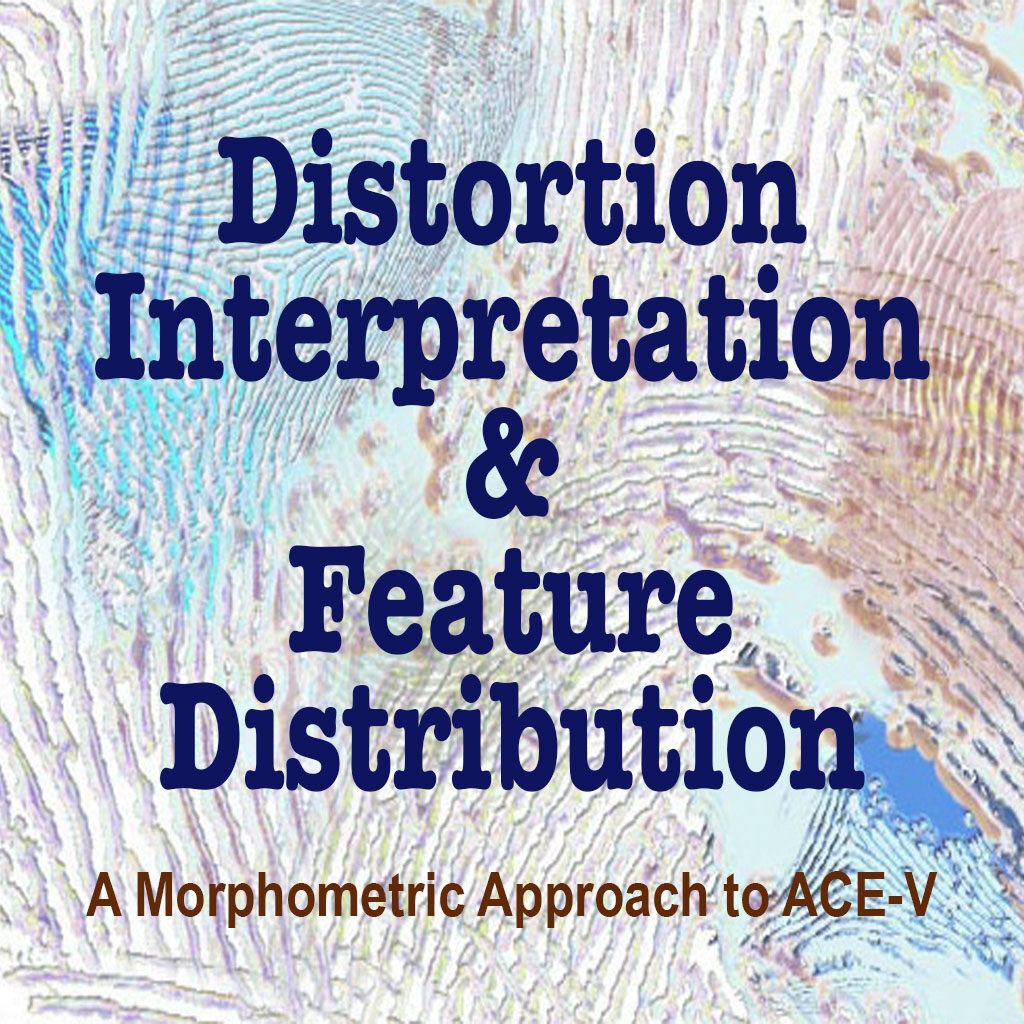
Please note Alice has re-engineered her in-person classes, blending related topics at the core of friction ridge examinations: 1) distortion and identifications, 2) comparisons and exclusions, and 3) academics and testimony. This course focuses on #1 – distortion and identifications.
This course is 4 1/2 days (36 hours) and priced at $650 per student in the United States and Canada (rate will be be adjusted to accommodate taxes or international travel, if applicable). This class is approved by the IAI for 36 training hours toward Latent Print and Tenprint Certification. To host a class, please contact Alice White via email: Alice@EvolveForensics.com
Host agencies receive a 10% registration discount.
Landmark-based morphometrics are quantitative methods used by scientists to study form, and variation in form, within plant and animal species. This is essentially the same method used, albeit more qualitatively, during the examination of friction ridge impressions. A key difference for friction ridge examiners is that this method must be applied along two dimensions: 1) distribution of friction ridge features within the human population (inter-source variation) and 2) variation in the recording of friction ridge skin from the same person (intra-source variation). Inter-source variation establishes the diagnosticity of the feature for establishing search parameters and determining identity. Intra-source variation establishes whether the attributes of a feature are within tolerance for having come from the same source skin.
This 4 ½ day workshop will link together the biological aspects of the skin (“morpho” of morphometric) with the geometry of the impressions of the skin (“metric” of morphometric). The estimated distribution of the features within the population will be evaluated using published research and exploring the degree of symmetry among twins and within individuals (bilateral symmetry). Assessing variation in appearance will take place along two lines of inquiry 1) skin variation due to time (e.g., aging, injury, disease) and 2) variation in appearance due to distortion during the recording of the skin on a surface. Attendees will be able to make their own collection of distortion videos to reinforce the distortion concepts.
